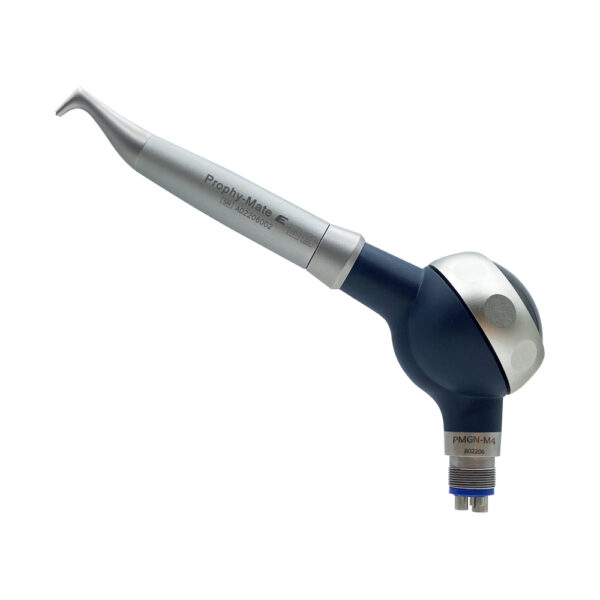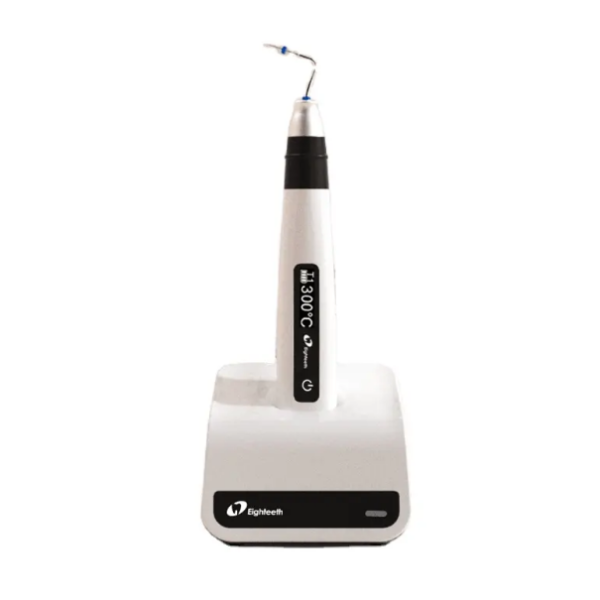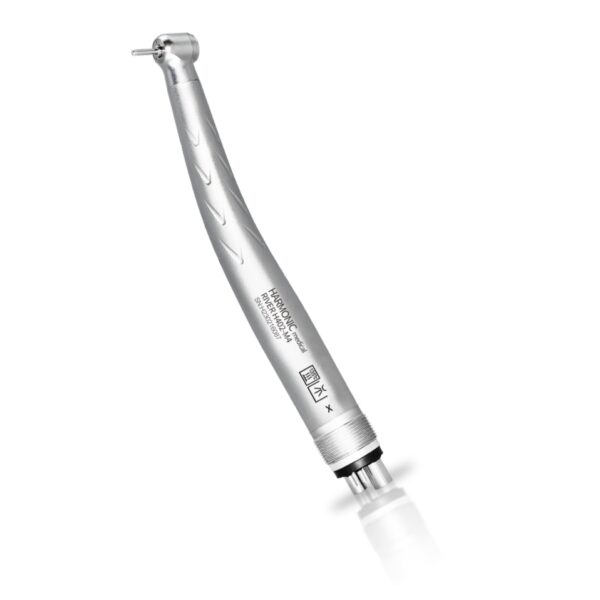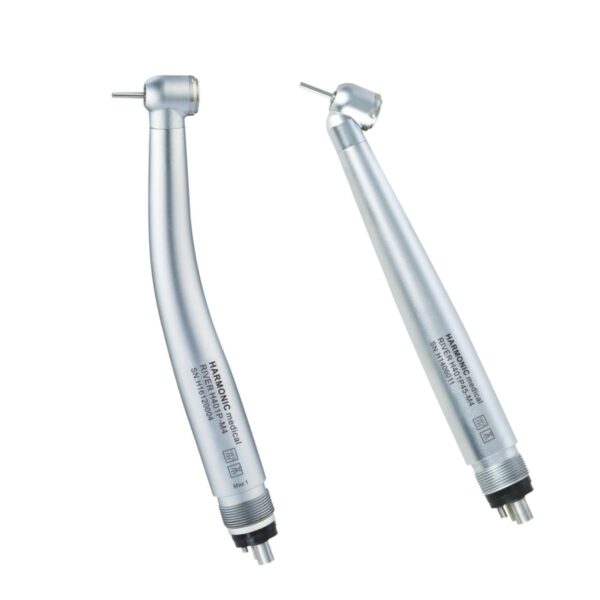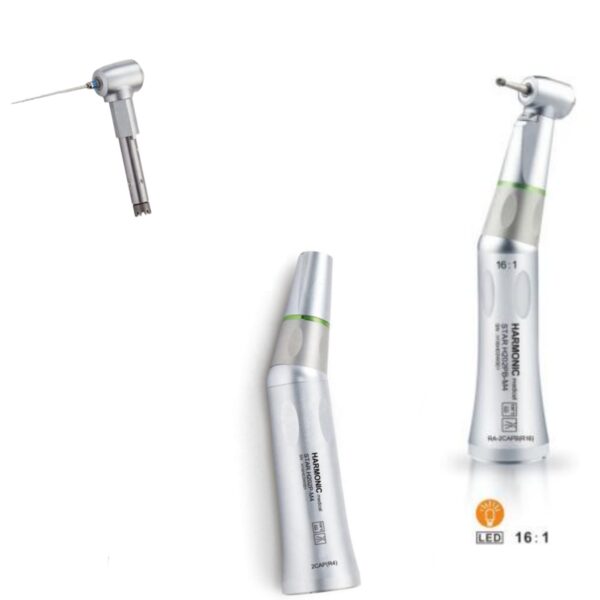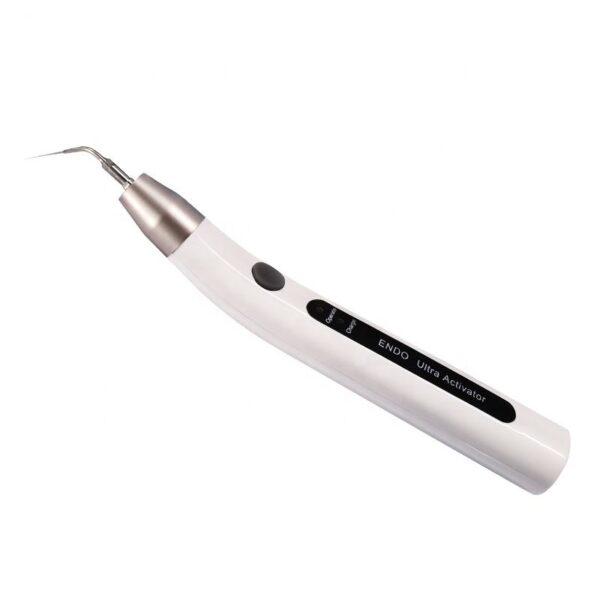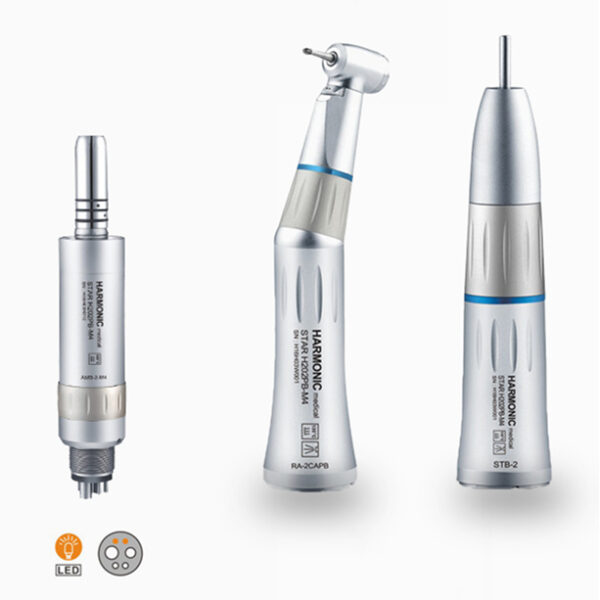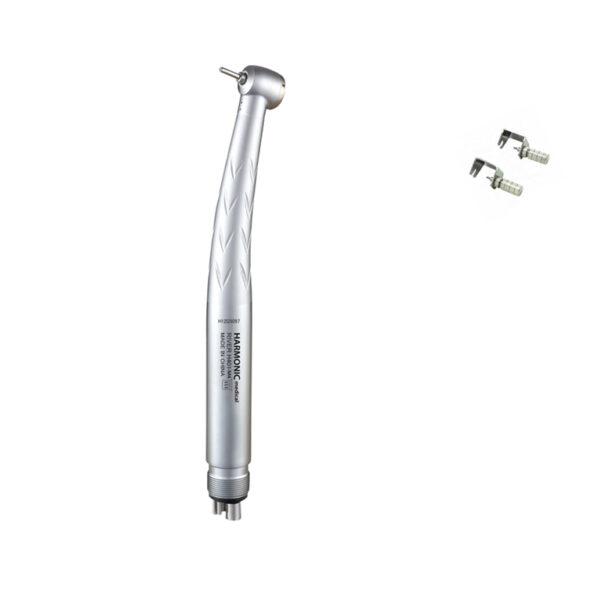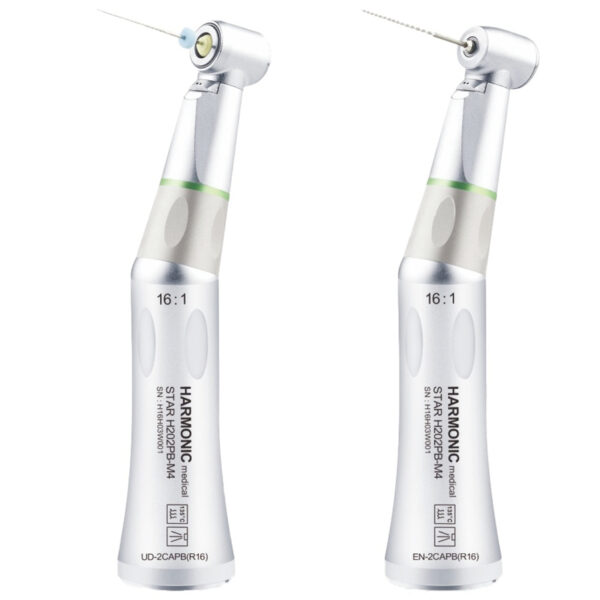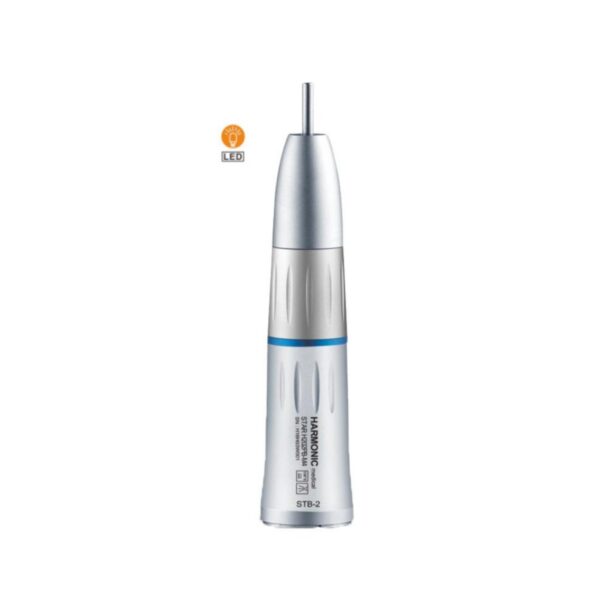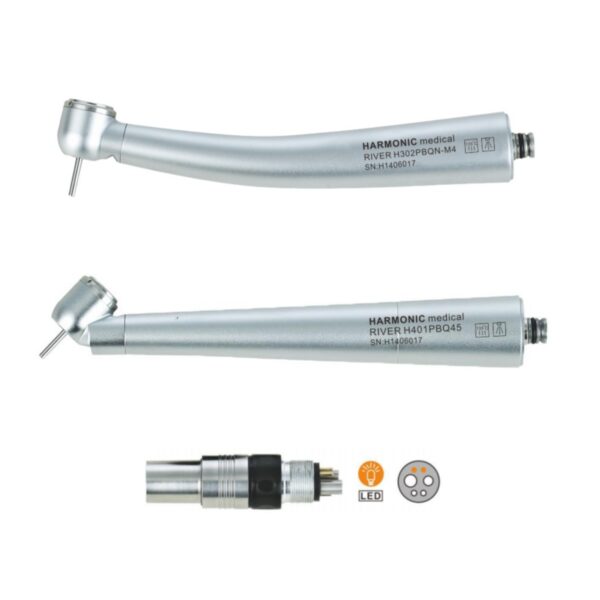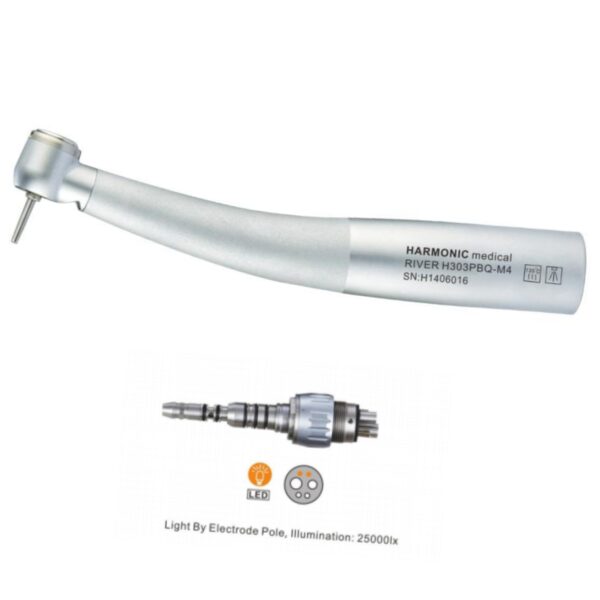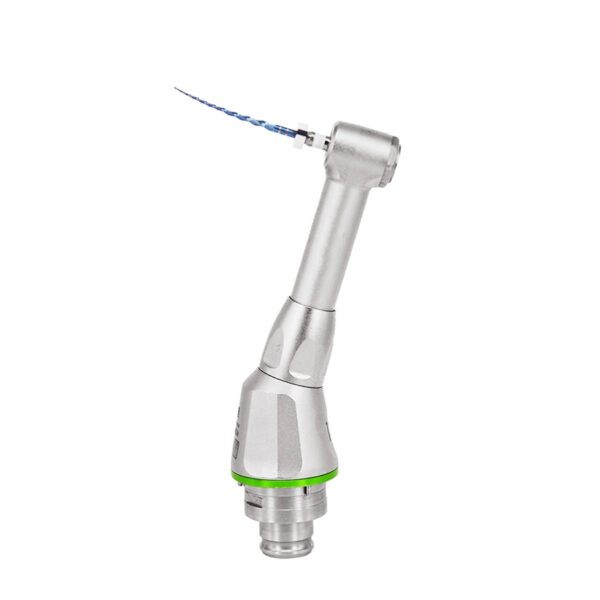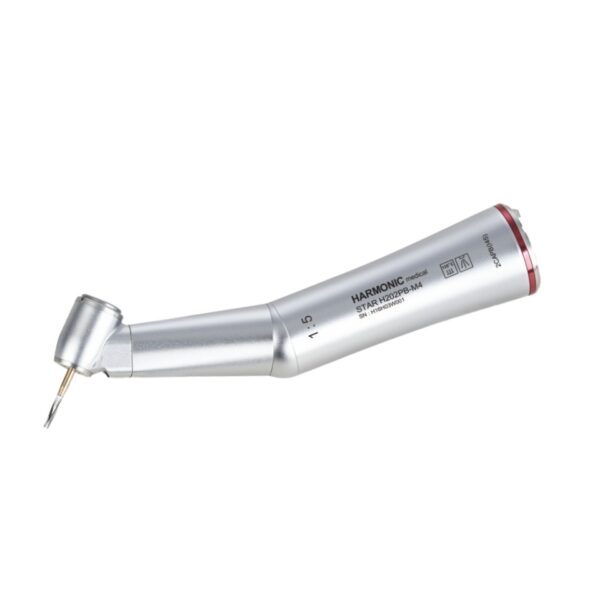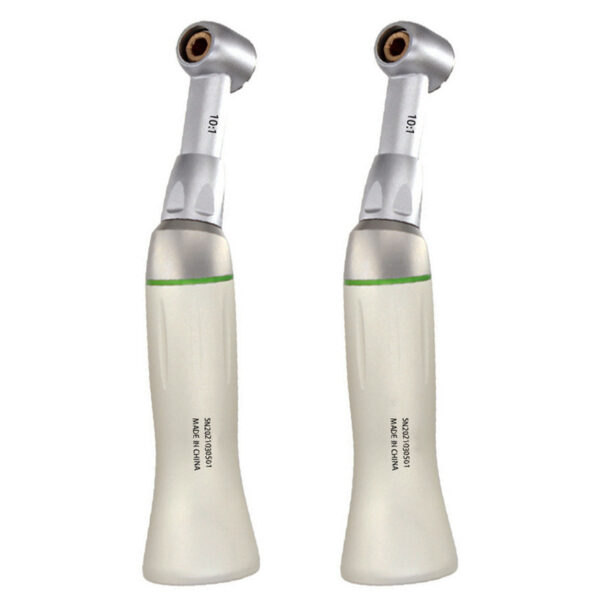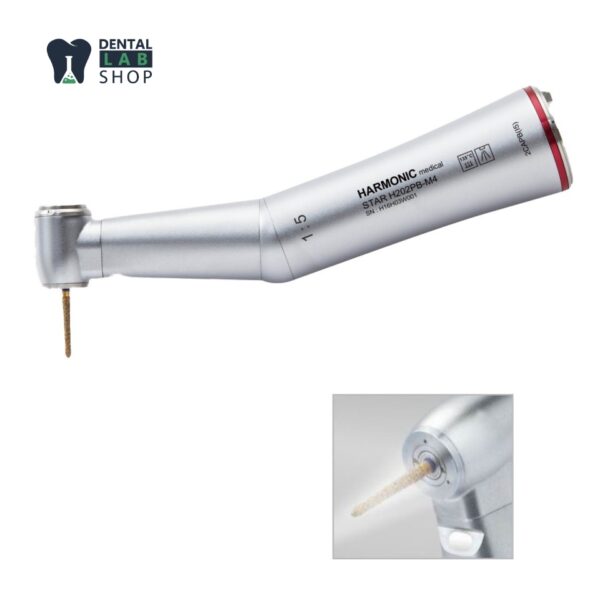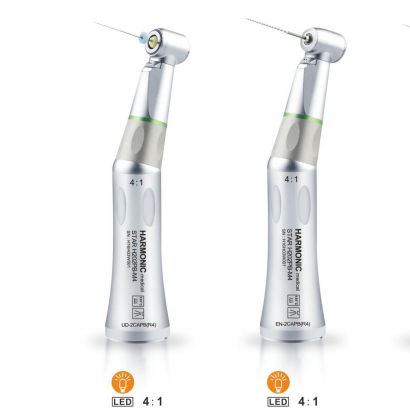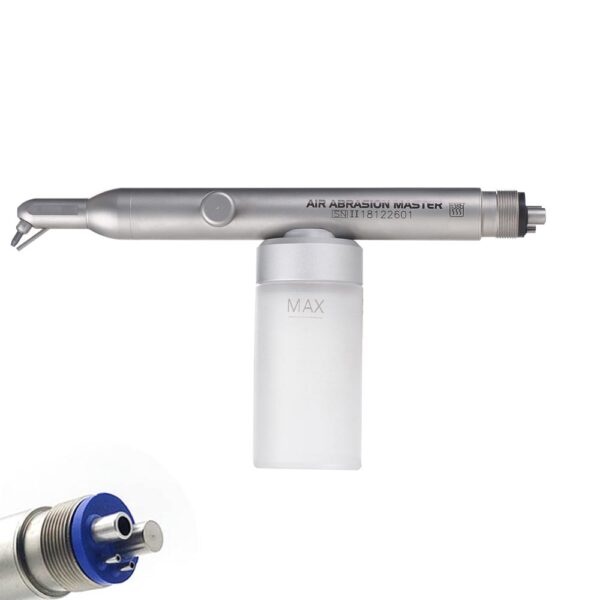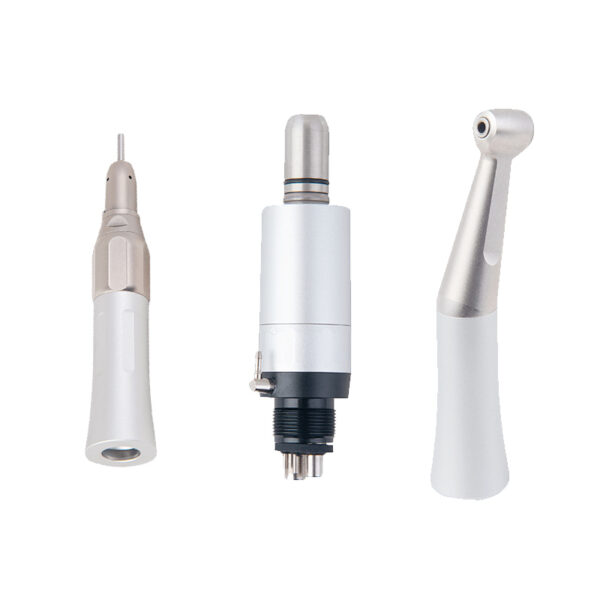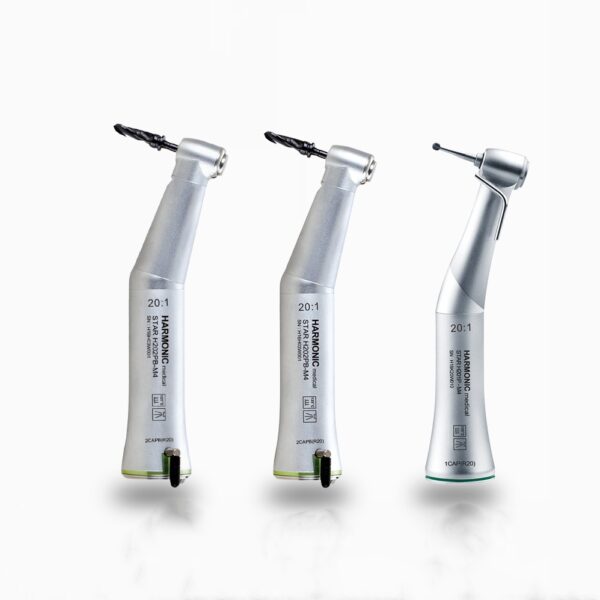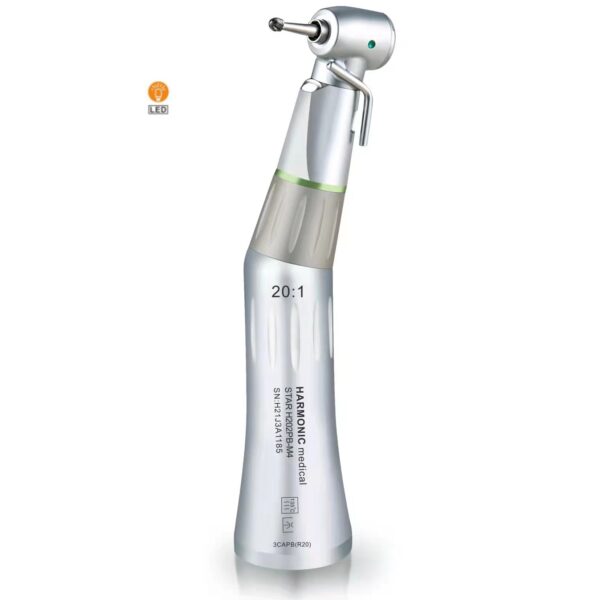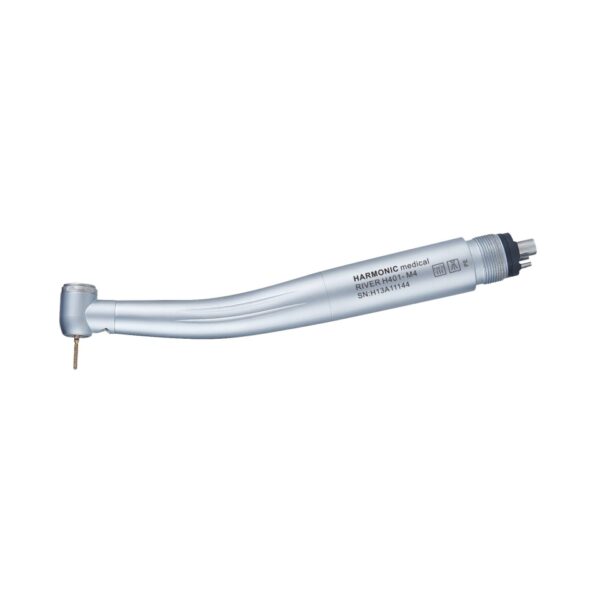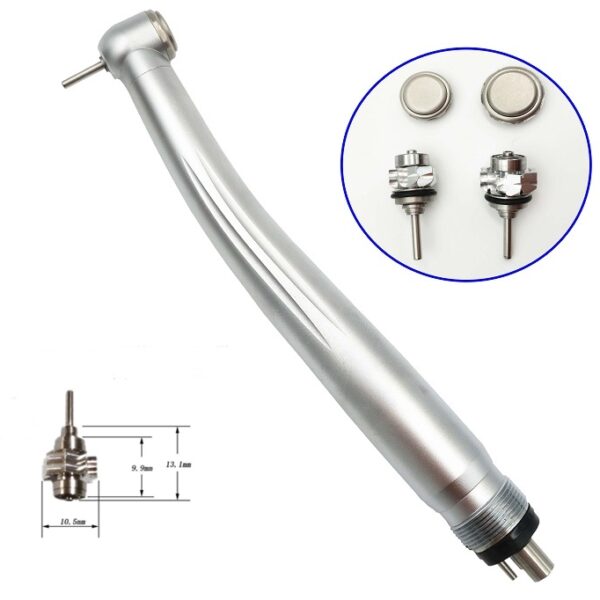Blog
The Benefits of Using Implant Handpieces for Your Practice
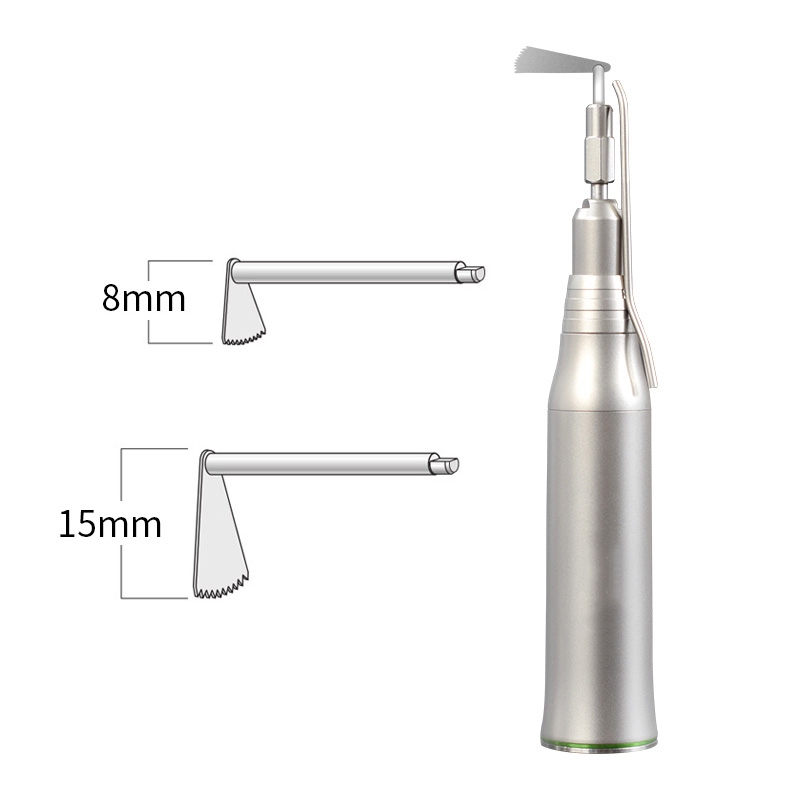
If you’re in the medical profession, you’ve likely heard of implant handpieces. But what exactly are they, and what are the benefits of using them? In this article, we’ll explore the world of implant handpieces and the advantages they can provide in your practice.
What is an Implant Handpiece?
An implant handpiece is a dental tool that is used to place implants. It is a motorized tool that is used to drill into the jawbone, allowing for the implant to be placed. It is used for the placement of dental implants to replace missing teeth. The implant handpiece is powered by air, electricity, or a battery, depending on the model. Implant handpieces are designed to be precise and efficient when placing implants, allowing for fewer mistakes and a faster procedure.
Benefits of Using Implant Handpieces
There are many benefits to using implant handpieces in your practice. The most obvious benefit is that they are precise and efficient, allowing for fewer mistakes and a faster procedure. This means that the implant procedure is quicker, meaning that patients can get back to their normal lives sooner.
Implant handpieces also provide a great deal of control over the implant procedure. With the right handpiece, you can precisely control the speed and force of the procedure, allowing you to make sure the implant is placed correctly. This ensures that the implant is placed correctly the first time, reducing the chances of having to redo the procedure.
Implant handpieces are also much easier to use than traditional dental tools. Due to their design, they are easier to maneuver and control, allowing for a smoother and more comfortable procedure. This also makes them more comfortable for the patient, as they are not subjected to the same jarring motions as with traditional tools.
Finally, implant handpieces are much more cost effective than traditional tools. They are more durable and require less maintenance, saving you time and money in the long run.
Types of Implant Handpieces
There are several types of implant handpieces available on the market. The most common types are air-driven, electric, and battery-powered handpieces. Each type has its own advantages and drawbacks, so it’s important to understand the differences between them before making a purchase.
Air-driven handpieces are the oldest and most basic type of implant handpieces. They are powered by compressed air, meaning they are relatively loud and require a lot of maintenance. However, they are also the most affordable option and are still widely used in many practices.
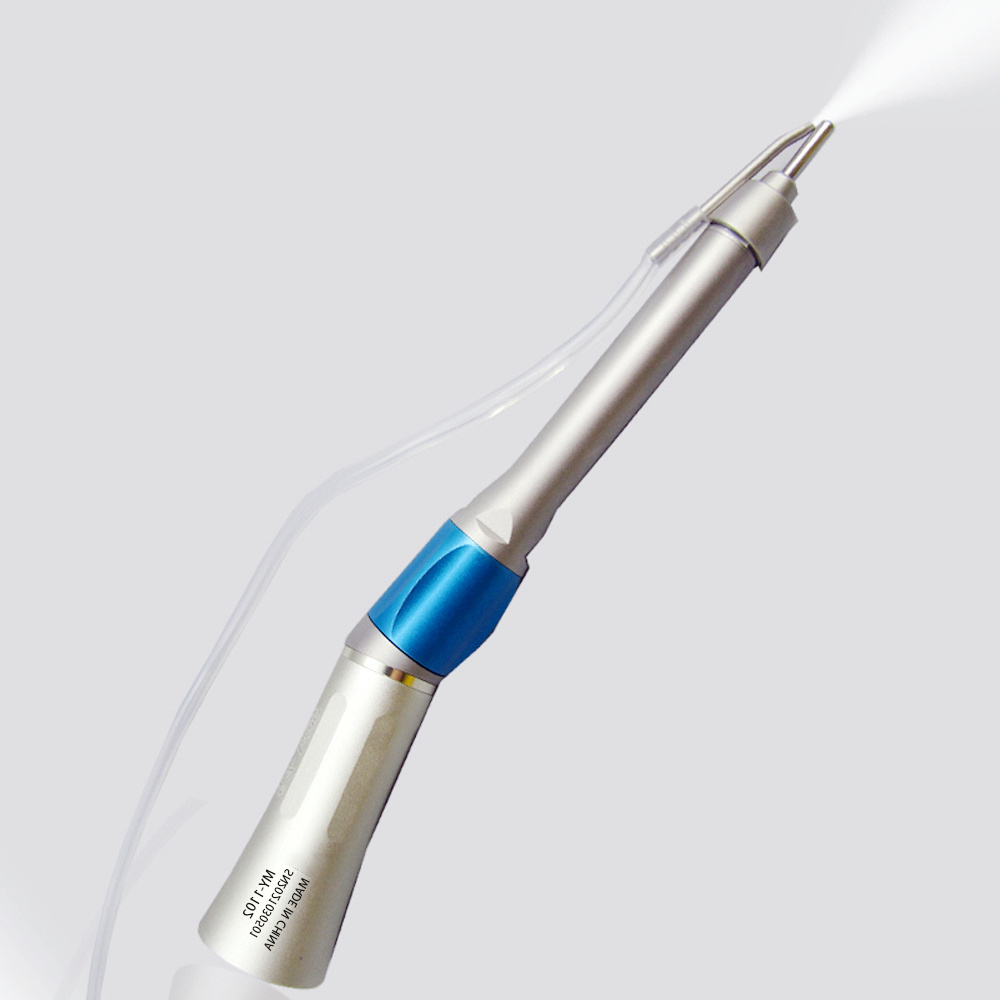
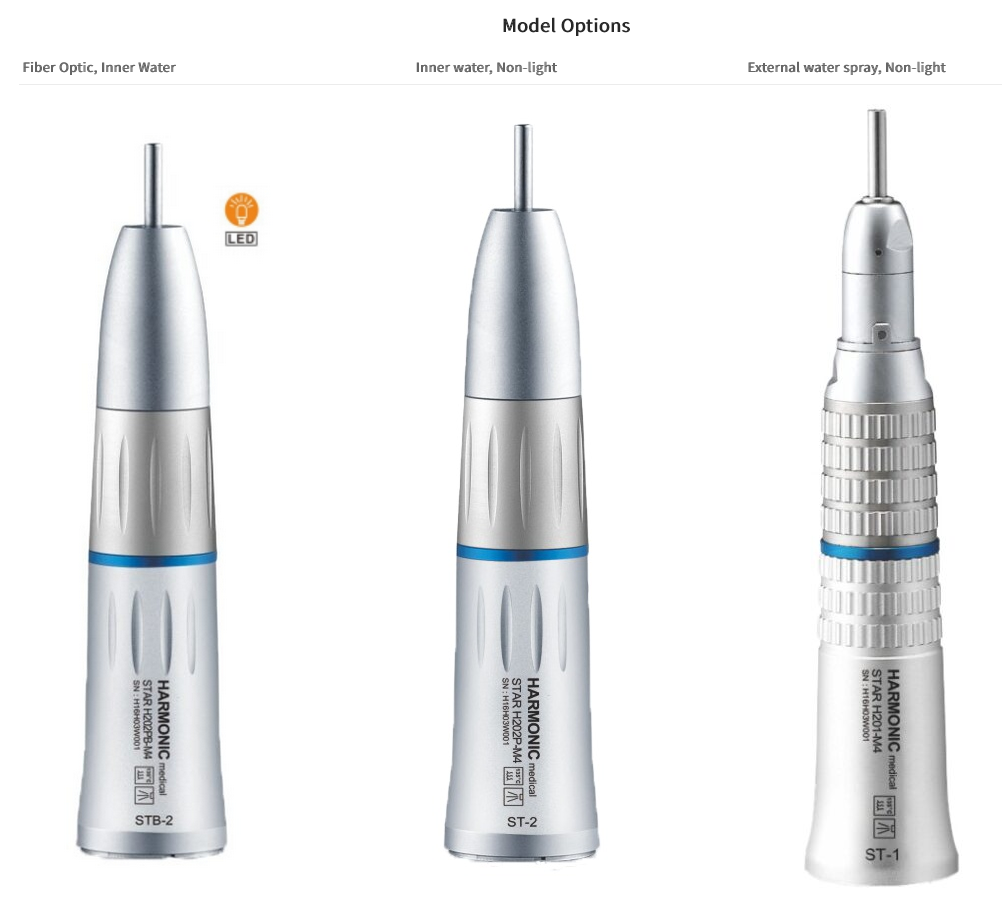
Electric implant handpieces are powered by electricity and are generally quieter than air-driven handpieces. They are also more precise and efficient, making them the preferred choice in many practices. However, they are more expensive than air-driven handpieces and require more maintenance.
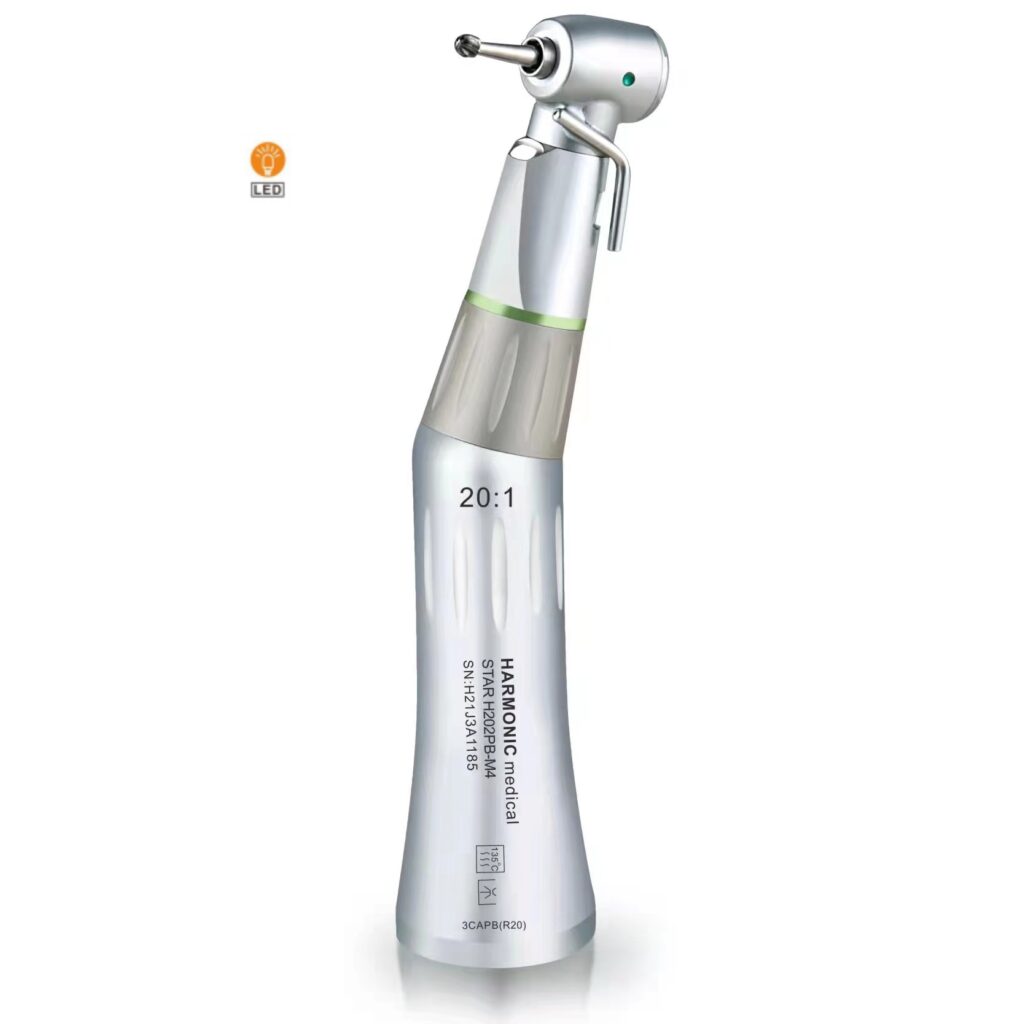
Finally, battery-powered implant handpieces are the newest type of handpiece on the market. They are powered by a rechargeable battery and are the quietest and most efficient type of implant handpiece. They are also the most expensive and require the most maintenance, but they are becoming increasingly popular in many practices.
- Considerations When Choosing an Implant Handpiece
When choosing an implant handpiece for your practice, there are several factors to consider. The first and most important factor is the type of implant you plan on using. Different types of implants require different types of handpieces, so it’s essential to make sure you are choosing the right style for your practice.
The second factor to consider is the size of the handpiece. Implant handpieces come in a variety of sizes, so it’s important to make sure you choose one that is comfortable for you and your patients.
The third factor to consider is the power source. As mentioned above, implant handpieces are available in air-driven, electric, and battery-powered models. It’s important to choose one that is suitable for your practice and budget.
Finally, it’s essential to consider the cost of the handpiece. Implant handpieces can range in price from a few hundred dollars to several thousand dollars, so it’s essential to ensure you get the best value for your money.
- Advantages of Using Implant Handpieces
There are several advantages to using implant handpieces in your practice. As mentioned above, they are more precise and efficient than traditional tools, allowing for fewer mistakes and a faster procedure. This can save you time and money in the long run.
Implant handpieces also provide a great deal of control over the implant procedure. This allows you to make sure the implant is placed correctly, reducing the chances of having to redo the procedure.
Finally, implant handpieces are much more comfortable for the patient. Due to their design, they are easier to maneuver and control, providing a smoother and more comfortable procedure.
- Disadvantages of Using Implant Handpieces
As with any tool, there are some disadvantages to using implant handpieces. The most obvious disadvantage is the cost. Implant handpieces can be quite expensive, so it’s important to ensure you get the best value for your money.
Another disadvantage is maintenance. Implant handpieces require regular maintenance and cleaning, which can be time-consuming and costly.
Finally, implant handpieces are not suitable for all types of implants. Different types of implants require different types of handpieces, so it’s essential to make sure you are choosing the right style for your practice.
Tips for Using an Implant Handpiece
Using an implant handpiece can seem daunting at first, but there are a few tips that can help make the process easier. The first and most important tip is to make sure you are choosing the right type of handpiece for your practice. Different types of implants require different types of handpieces, so it’s essential to do your research before making a purchase.
The second tip is to make sure you are familiar with the handpiece. Take some time to practice using the handpiece and familiarize yourself with the controls and functions. This will help you become more comfortable with the handpiece and reduce the chances of making mistakes.
The third tip is to make sure you are following the manufacturer’s instructions. Implant handpieces can be complex, so it’s important to make sure you are following the manufacturer’s instructions to ensure the procedure is done correctly.
Finally, it’s important to ensure you use the proper safety equipment. Implant handpieces can be dangerous, so it’s important to make sure you are using the appropriate safety equipment to protect yourself and your patients.
Common Questions about Implant Handpieces
If you’re considering using an implant handpiece in your practice, you likely have some questions. Here are some of the most common questions about implant handpieces:
- What is an implant handpiece? An implant handpiece is a dental tool that is used to place implants. It is a motorized tool that is used to drill into the jawbone, allowing for the implant to be placed.
- What are the benefits of using implant handpieces? The benefits of using implant handpieces include precision and efficiency, control over the implant procedure, ease of use, and cost-effectiveness.
- What types of implant handpieces are available? The most common types of implant handpieces are air-driven, electric, and battery-powered handpieces.
- What should I consider when choosing an implant handpiece? When choosing an implant handpiece, you should consider the type of implant you plan on using, the size of the handpiece, the power source, and the cost.
- Are there any tips for using an implant handpiece? Yes, there are several tips for using an implant handpiece. Make sure you are choosing the right type of handpiece for your practice, familiarize yourself with the handpiece, follow the manufacturer’s instructions, and use the proper safety equipment.
Courses for Using Implant Handpieces
If you’re interested in learning how to use an implant handpiece, there are several courses available. These courses will teach you the basics of using an implant handpiece, as well as the safety precautions that need to be taken. They will also provide you with hands-on experience, allowing you to become more comfortable with the handpiece.
These courses are typically offered online, allowing you to learn from the comfort of your own home. They can also be taken in person at a local dental school or training facility.
Conclusion:
Implant handpieces are an invaluable tool for any dentist or dental practice. They are precise and efficient, allowing for fewer mistakes and a faster procedure. They are also more comfortable for the patient and cost-effective in the long run. If you’re considering using an implant handpiece in your practice, make sure to do your research and invest in the right type for your practice.
Implant handpieces can seem daunting, but there are courses available that can help you become more familiar with them. With the right training and practice, you can become a master of implant handpieces and provide your patients with the best care possible.
-
 Powder Jet Handpiece for Hygienists$152.00 – $172.00
Powder Jet Handpiece for Hygienists$152.00 – $172.00 -
Product on sale
 Obturation Pen for Root Canal TherapyOriginal price was: $1,400.00.$1,120.00Current price is: $1,120.00.
Obturation Pen for Root Canal TherapyOriginal price was: $1,400.00.$1,120.00Current price is: $1,120.00. -
Product on sale
 3D Obturator Handpiece Filling SystemOriginal price was: $1,600.00.$1,080.00Current price is: $1,080.00.
3D Obturator Handpiece Filling SystemOriginal price was: $1,600.00.$1,080.00Current price is: $1,080.00. -
 VersaCut – Advanced Saw Handpieces for Precision Dental Cutting$369.00
VersaCut – Advanced Saw Handpieces for Precision Dental Cutting$369.00 -
 Mini Head Handpiece For Child, Triple Spray$55.00 – $79.00
Mini Head Handpiece For Child, Triple Spray$55.00 – $79.00 -
Product on sale
 Intraoral Camera HandpieceOriginal price was: $600.00.$405.00Current price is: $405.00.
Intraoral Camera HandpieceOriginal price was: $600.00.$405.00Current price is: $405.00. -
 Air Turbine Handpiece Anti Retraction$70.00 – $90.00
Air Turbine Handpiece Anti Retraction$70.00 – $90.00 -
 Contra-angled Handpiece Accessories | KaVo Compatibility$45.00 – $214.00
Contra-angled Handpiece Accessories | KaVo Compatibility$45.00 – $214.00 -
Product on sale
 Endodontic ActivatorOriginal price was: $239.00.$169.00Current price is: $169.00.
Endodontic ActivatorOriginal price was: $239.00.$169.00Current price is: $169.00. -
 Handpiece Set$129.00 – $448.00
Handpiece Set$129.00 – $448.00 -
 Wrench Handpiece NSK Compatible$49.90
Wrench Handpiece NSK Compatible$49.90 -
 Speed 16:1 Endodontic Handpiece$59.00 – $282.00
Speed 16:1 Endodontic Handpiece$59.00 – $282.00 -
 Straight 1:1 Restorative Handpiece$148.00 – $469.00
Straight 1:1 Restorative Handpiece$148.00 – $469.00 -
 High Speed Hand-piece Air Driven Series,Fit NSK Fiber Optic Coupler$58.00 – $128.00
High Speed Hand-piece Air Driven Series,Fit NSK Fiber Optic Coupler$58.00 – $128.00 -
 Fiber Optic Hand piece-KaVo Multiflex Quick Coupling System$63.99 – $235.00
Fiber Optic Hand piece-KaVo Multiflex Quick Coupling System$63.99 – $235.00 -
 Endo Handpiece For Apex Locator$58.99 – $81.00
Endo Handpiece For Apex Locator$58.99 – $81.00 -
Product on sale
 45° Contra-angle HandpieceOriginal price was: $799.00.$529.00Current price is: $529.00.
45° Contra-angle HandpieceOriginal price was: $799.00.$529.00Current price is: $529.00. -
 Surgical Straight Handpieces$92.00
Surgical Straight Handpieces$92.00 -
Product on sale
 Contra angle Endo HandpieceOriginal price was: $288.00.$149.00Current price is: $149.00.
Contra angle Endo HandpieceOriginal price was: $288.00.$149.00Current price is: $149.00. -
 Red 1:5 Increasing Speed Handpiece$348.00 – $448.00
Red 1:5 Increasing Speed Handpiece$348.00 – $448.00 -
 4:1 Contra-angle Hand piece$59.00 – $219.00
4:1 Contra-angle Hand piece$59.00 – $219.00 -
 Air Abrasion Handpiece$228.90 – $282.00
Air Abrasion Handpiece$228.90 – $282.00 -
 Slow Speed Handpiece$35.00 – $88.00
Slow Speed Handpiece$35.00 – $88.00 -
 20:1 Reduction Contra Angle Handpiece$205.00 – $285.00
20:1 Reduction Contra Angle Handpiece$205.00 – $285.00 -
 Surgical Handpiece Dental Implant$59.00 – $285.00
Surgical Handpiece Dental Implant$59.00 – $285.00 -
Product on sale
 LED Light Dental Handpiece High SpeedOriginal price was: $100.00.$84.00Current price is: $84.00.
LED Light Dental Handpiece High SpeedOriginal price was: $100.00.$84.00Current price is: $84.00. -
 Dental Handpiece Cartridge$15.99 – $78.00
Dental Handpiece Cartridge$15.99 – $78.00

